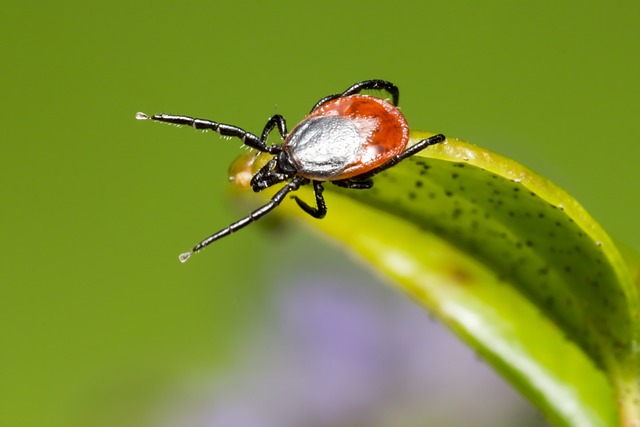
The infamous ailment known as Lyme disease, which is transmitted by ticks, has a potentially fatal variant that is rapidly expanding.
Ticks are responsible for the fast spread of the Powassan virus, which is a little-known illness that is incurable and may be fatal. Medical professionals are alerting the public about this threat.
According to the Washington Post, a 58-year-old man from Maine passed away this month as a result of complications induced by Powassan. This death marks the first fatality associated with the illness in 2023.
As a result of the fact that many medical professionals are not acquainted with this condition, obtaining a correct diagnosis might be difficult. The diagnosis of the man from Maine’s ailment took the medical staff many weeks to arrive at after admitting him to the hospital.
However, according to the Centers for Disease Control and Prevention, the number of cases is rapidly increasing: In 2015, there were just six confirmed cases of Powassan in the United States, but this year there have already been 39 instances documented.
According to estimates provided by the CDC, about 476,000 people in the United States are diagnosed with Lyme disease each year. Other tick-borne diseases such as anaplasmosis, babesiosis, tularemia, and Rocky Mountain spotted fever are also on the increase, and this trend may be seen in locations that used to be almost devoid of tick-borne sickness.
A vaccine against Lyme disease may become available as early as 2025.
The ease with which Powassan may be passed from person to person is one of the most concerning aspects of the disease.It takes a tick that is connected to a person between 36 and 48 hours to pass on the Lyme illness, while it just takes 15 minutes for a tick to pass on the Powassan virus.
In addition, not everyone who is infected with the Powassan virus will exhibit symptoms. In the event that they do, symptoms similar to the flu, such as fever, headache, or vomiting, might occur anywhere from one week to one month after the patient has been bitten.
Some of the more Powassan symptoms include inflammation of the brain or spinal cord, disorientation, seizure activity, and trouble speaking and coordinating movements.
The majority of reported instances of Powassan virus have been found in the northeastern United States, namely between the states of Maine and Virginia, as well as westward through the Great Lakes area and into Minnesota. There have also been reports of occurrences in Russia and Canada; the first documented case was found in Powassan, Ontario, in 1958.
For the majority of Powassan cases, which may linger for as long as a month, physicians recommend getting enough of rest, drinking plenty of fluids, and using over-the-counter pain medication.
In more severe instances, hospitalization may be necessary to provide assistance for the patient’s breathing and to minimize swelling in the brain. According to the Maine Center for Disease Control and Prevention, around 10% of persons who have severe Powassan die. Those that make it through the ordeal could suffer from long-term health issues such as headaches, issues with their memories, and a reduction in their physical strength.
See Also
Since milder winters and early spring seasons produce ideal circumstances for warm-weather pests like ticks, several experts in the field of public health have observed that a warmer environment contributes to the development of Powassan and other illnesses that are transmitted by ticks.
The major season for tick activity, as well as reports of diseases that are carried by ticks, normally begins in March and peaks in May and June, with a second, lesser rise occurring in the middle of October. This season typically lasts from March through June.